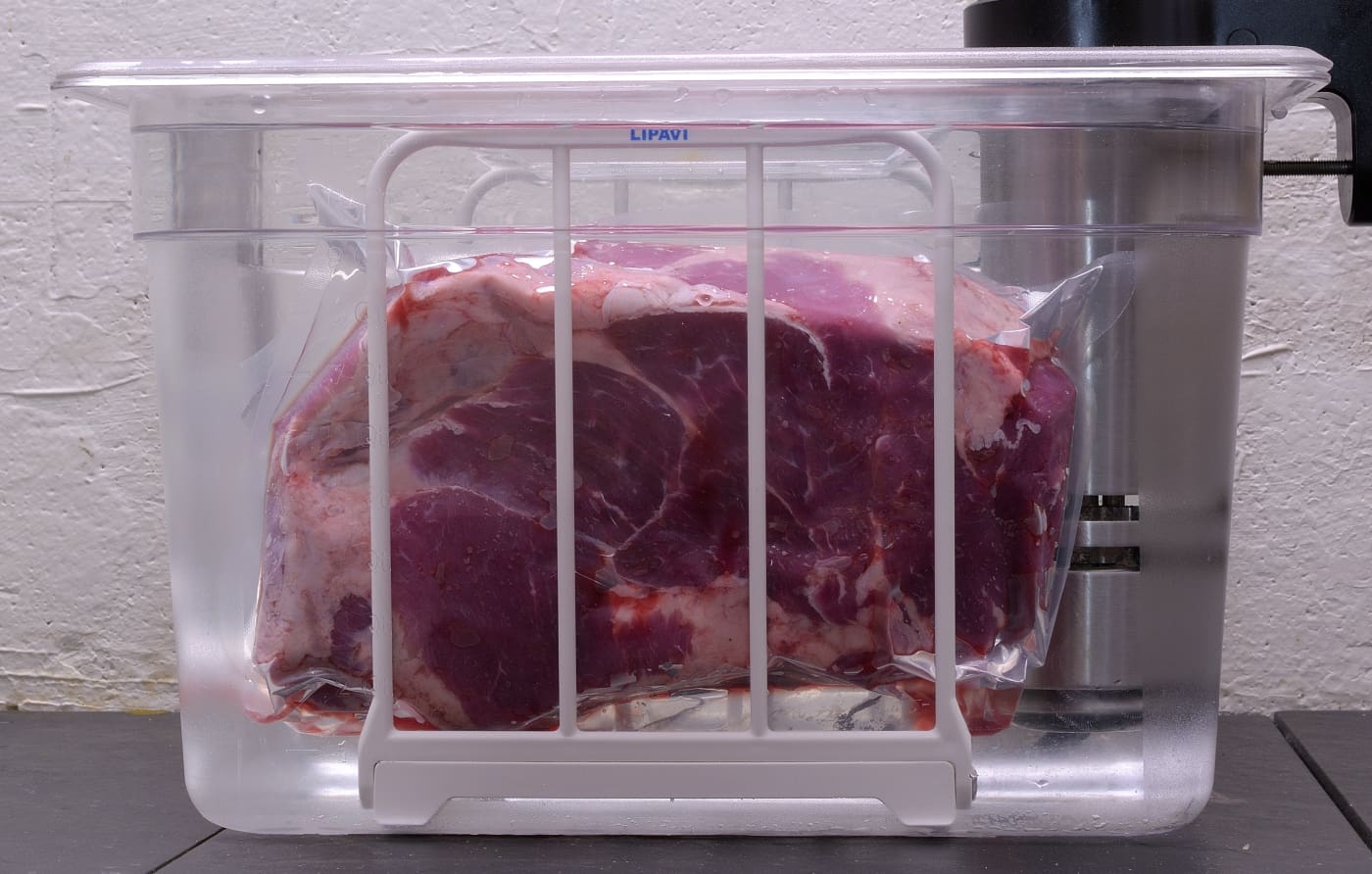
Above: Lipavi C15 container, N15 polycarbonate racks. Lipavi C15L-UNIR lid.
Actual prep time, 1 hour
Serves 2
Level of difficulty: 3
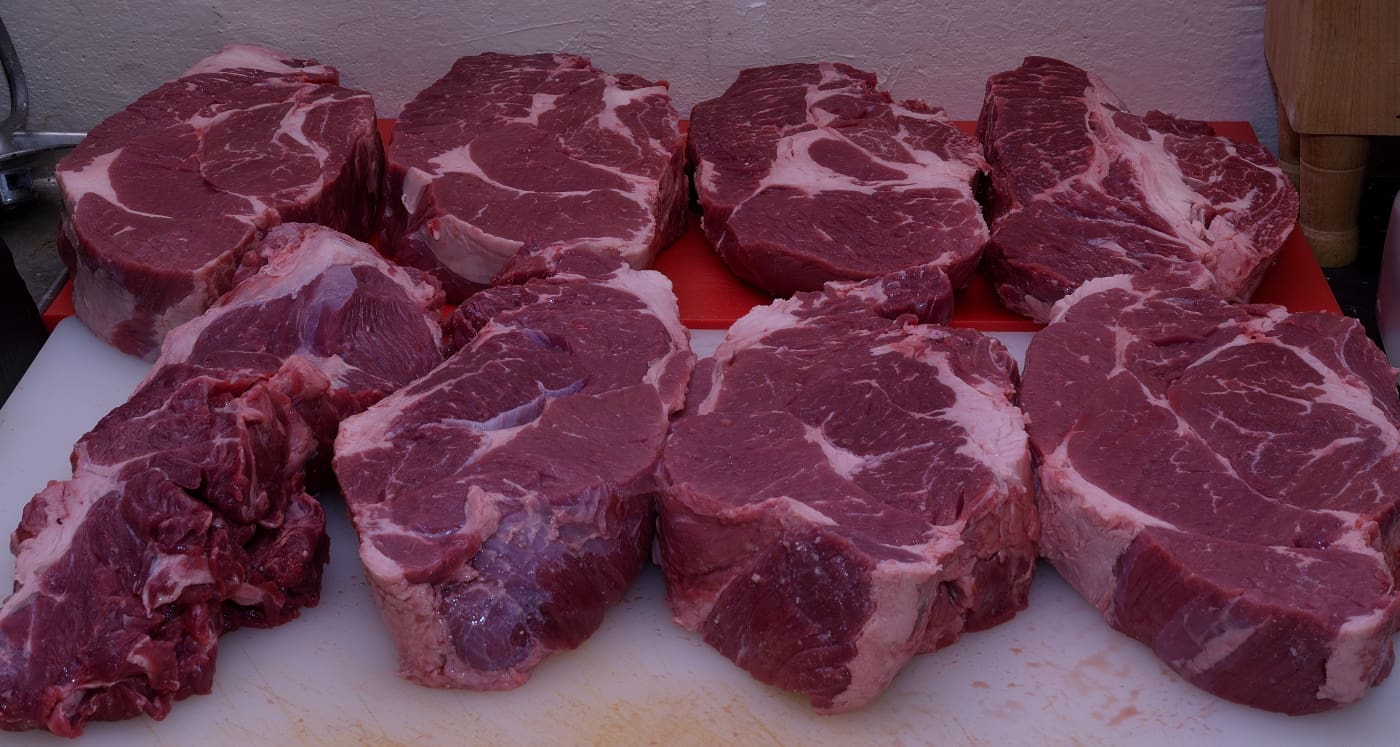
Procedure:
This is a hardworking muscle from the shoulder area of a steer/heifer. Its appearance will vary (see above) because of the irregularity of the chuck roll primal from which it is harvested. If you cannot find it readily, ask the butcher–he should be able to accommodate you.
Procedure:
Process the chuck eye steaks @129 F/53 C for a minimum of 6 hours. Time at a given temperature controls texture, but a clock cannot be used to measure results. To learn how to determine tenderness in real time, visit HERE.
Shock cold in iced tap water until the packages achieve 70 F/21 C–about 15 minutes. Refrigerate at 40 F/4 C until day of use. If you plan to use the steaks right away, make sure they achieve 40 F/4 C before you proceed.
Lay a sheet of plastic wrap below the steak and put another sheet on top. This makes cleanup easier, prevents splatter and makes the meat less likely to tear as a result of the “compression” process. Starting in the center and then working your way around, gently tap/pound the meat out to as thin as possible without altering its structural integrity–no thicker than 0.3″/1 cm.
This may take a little practice but is not really difficult. For you parents, pre-teen kids are usually good at it right away! I use the special mallet designed for this purpose, but honestly, a rubber hammer works quite well.
Remove the plastic and put the steak on parchment or butcher paper. Season both sides lightly with S+P, and then sprinkle both sides with flour as shown. Lay the steak in the beaten egg and make sure it is fully moistened.
Spread an ample amount of breadcrumbs on the parchment. Carefully lift the steak out of the egg, let it drain for a moment and lay it down on the crumbs. Sprinkle the top heavily with more crumbs, and pat it down with dry hands to secure the breading. In the picture above, I wrap the steak in the sheet of parchment. Let the cutlet rest in the refrigerator for one half hour–this also helps secure the breading.
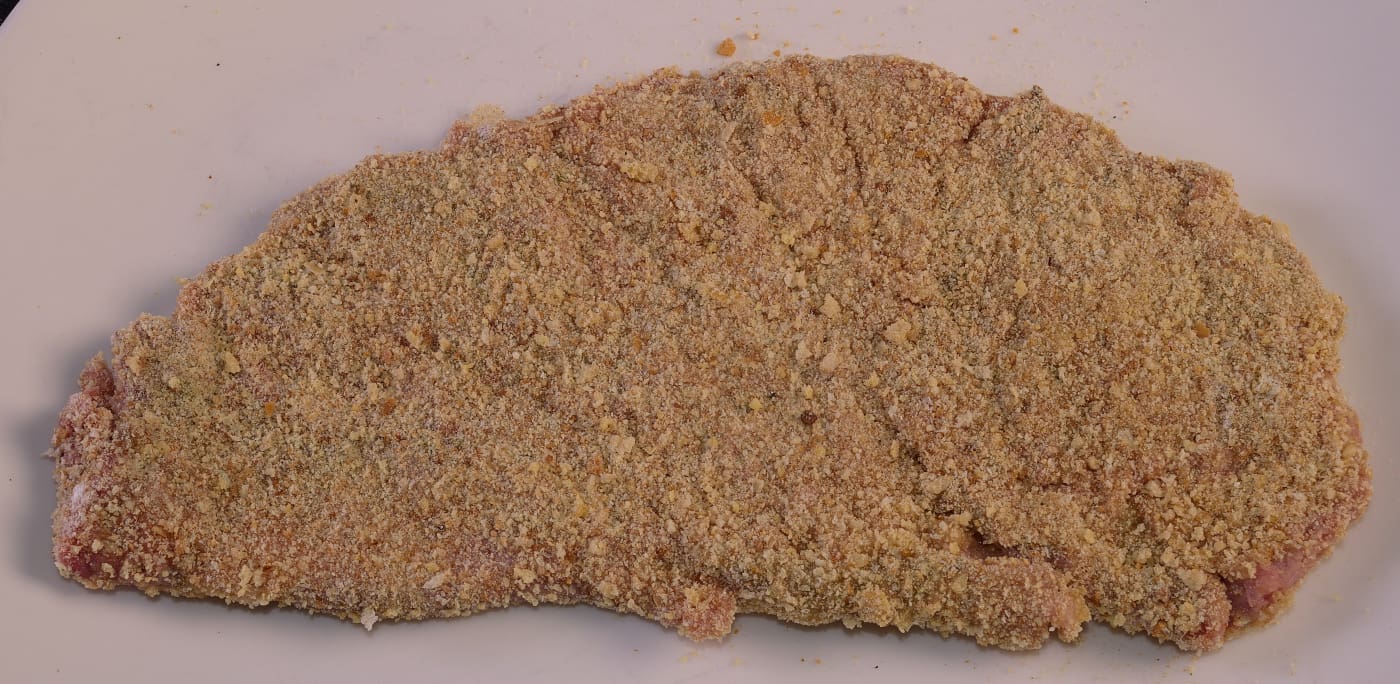
Heat a skillet or cast iron frying pan to
300F /150C
Traditional recipes call for lard, which has its own flavor. Modern tastes have wandered towards vegetable oil–both are fine. Add enough oil to fully cover the bottom of the heated skillet–usually about 2 oz/60 ml. Carefully add a cutlet to the pan. For best results, cook one at a time, drain and strain the fat, wipe out the pan with a paper towel and repeat the process.
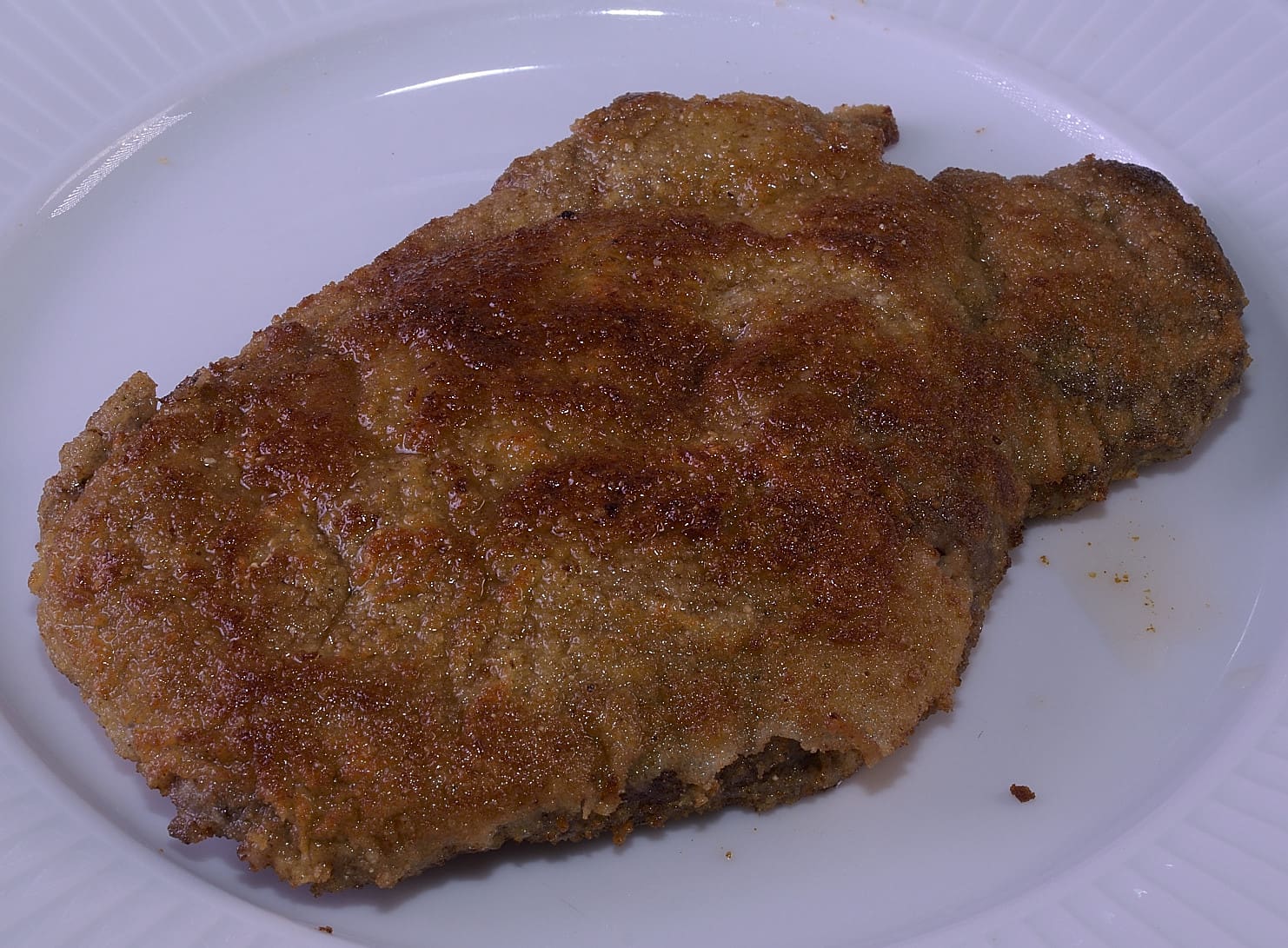
As the cutlet cooks, it will still start to curl up around the edge. For best appearance, avoid flipping the steak more than once. This only takes about a minute or so. Flip the cutlet and cook it on the second side for about thirty seconds. It will start to release a little water, which you will see and hear. This means it is “done.” Remove and drain on a paper towel.
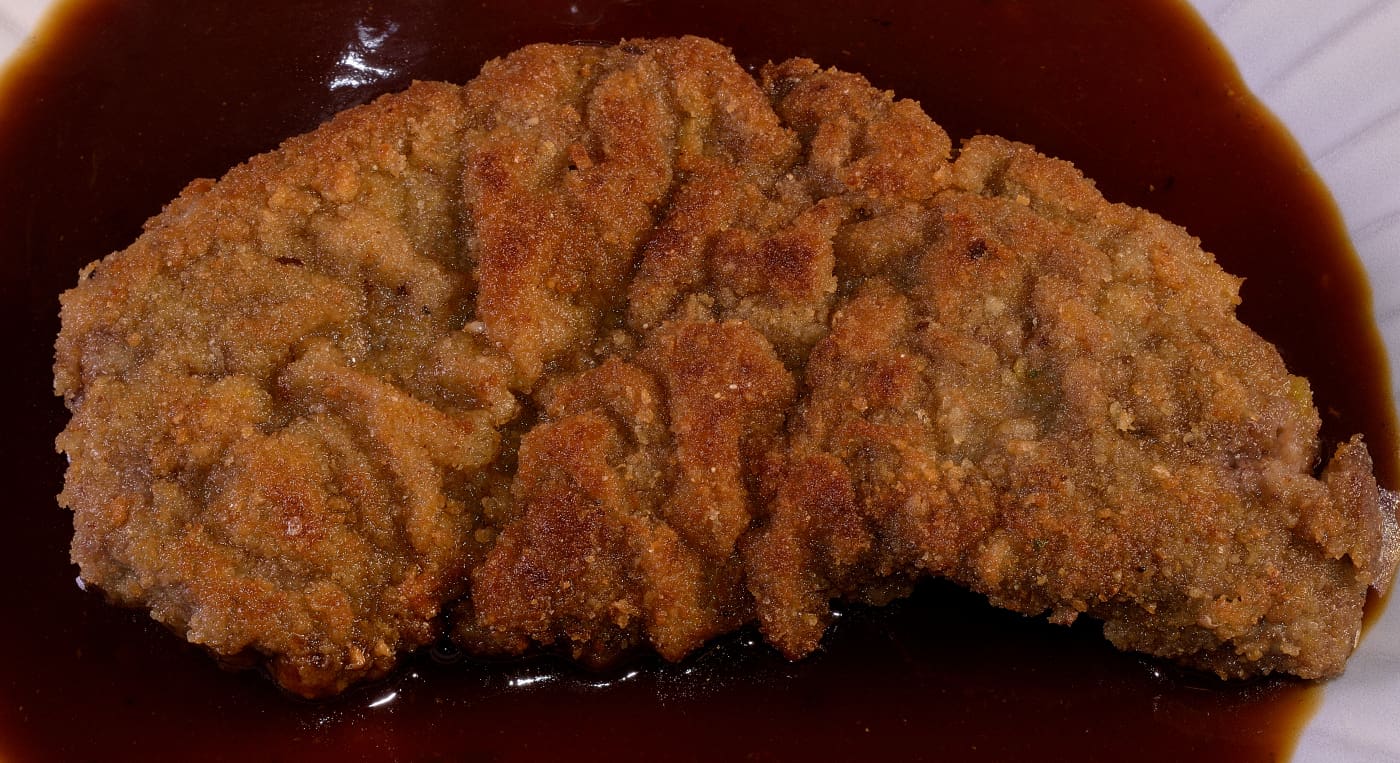
There is a lively debate about what kind of sauce should be served with chicken fried steak. My understanding is, and as I remember, southern purists take a dim view of using brown gravy.
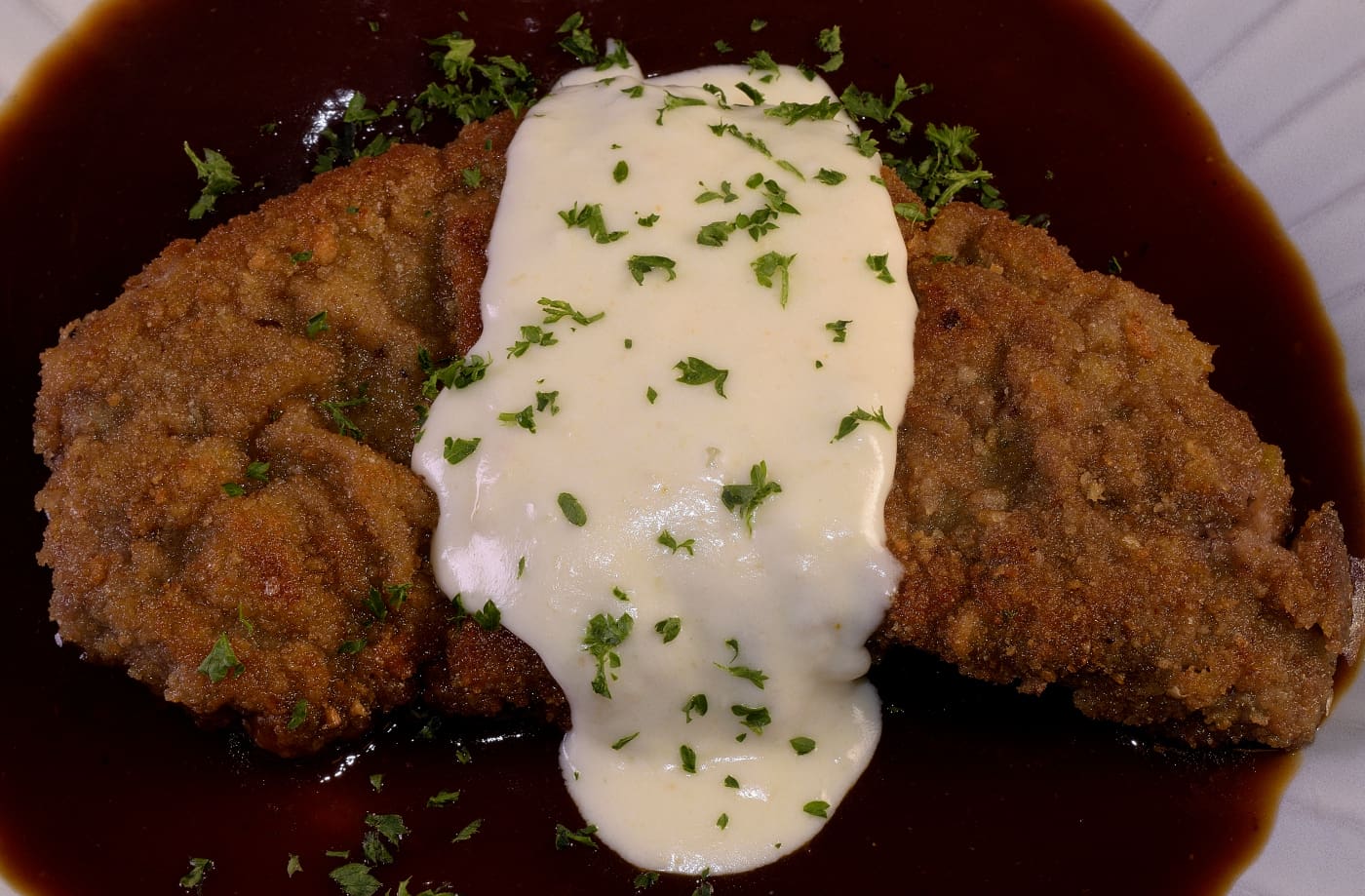
They almost always opt for a heavily seasoned cream sauce “about the thickness of wall paper paste.” I never met a sauce I didn’t like and I don’t judge one way or the other.
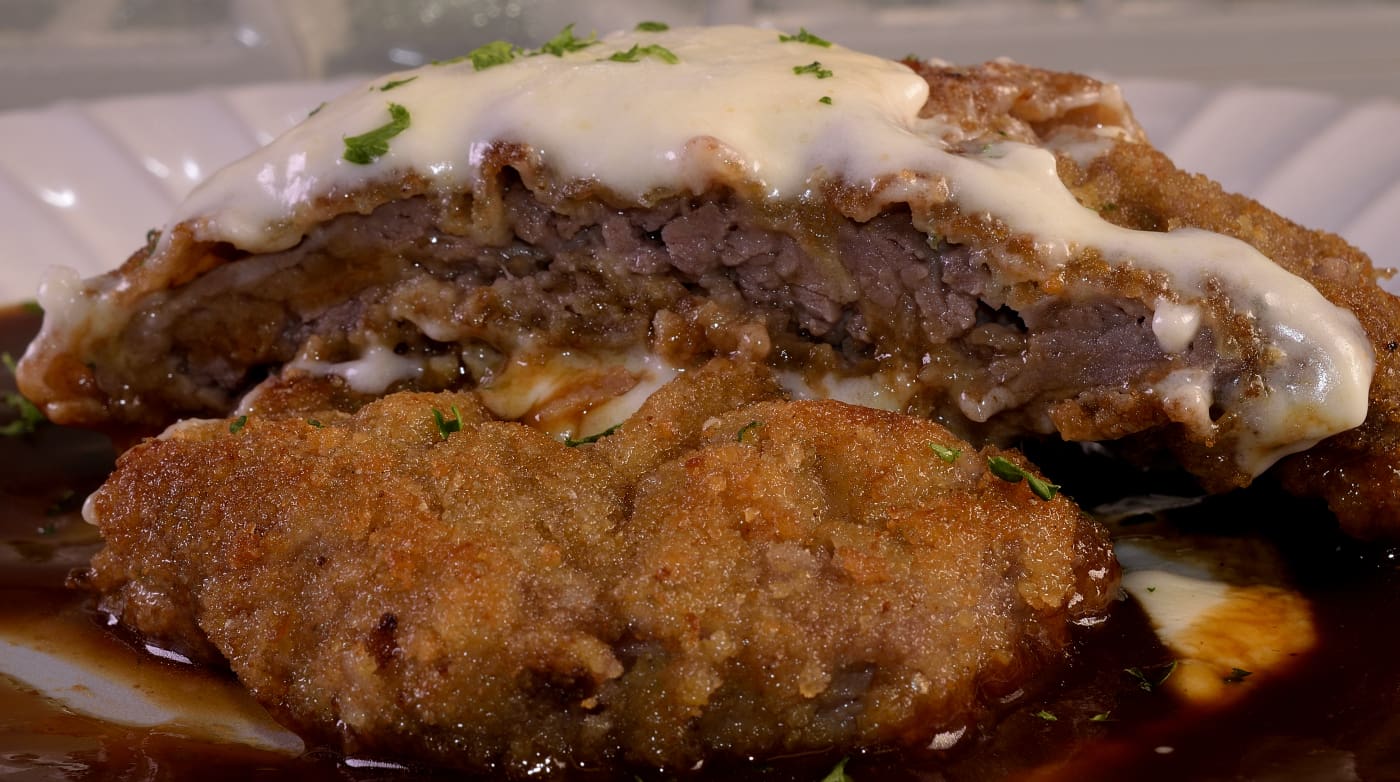
This version is far superior to the tenderized, semi-chopped, Jaccard needled disks offered in most markets, restaurants, and freezer sections. Instructions on packaging that say “best if cooked from frozen” trouble me, but I daren’t defrost one of those pucks for fear of gleaning a little bit too much information.
I doubt that there is a legal definition of a chicken fried steak.
Norm
Make sure to visit us live on Facebook at SVR–Sous Vide Resources; Low Temperature Pasteurization, Sous-B-Q™



